Benelli Leoncino 800 Review
By Wayne Vickers, Images by Rob Mott
No, it’s not an Italian citrus flavoured drink, it’s Benelli’s ‘little’ lion that has grown up and found its roar. While the bike was first introduced with a 500 cc heartbeat, the new Leoncino 800 now shares the same 754 cc engine found in the 752S model. Confused? Yeah I can’t help explain model naming either. Was a 500, is now a 750 cc.
See Benelli Leoncino 500 Trail Review for a run down on the smaller version.
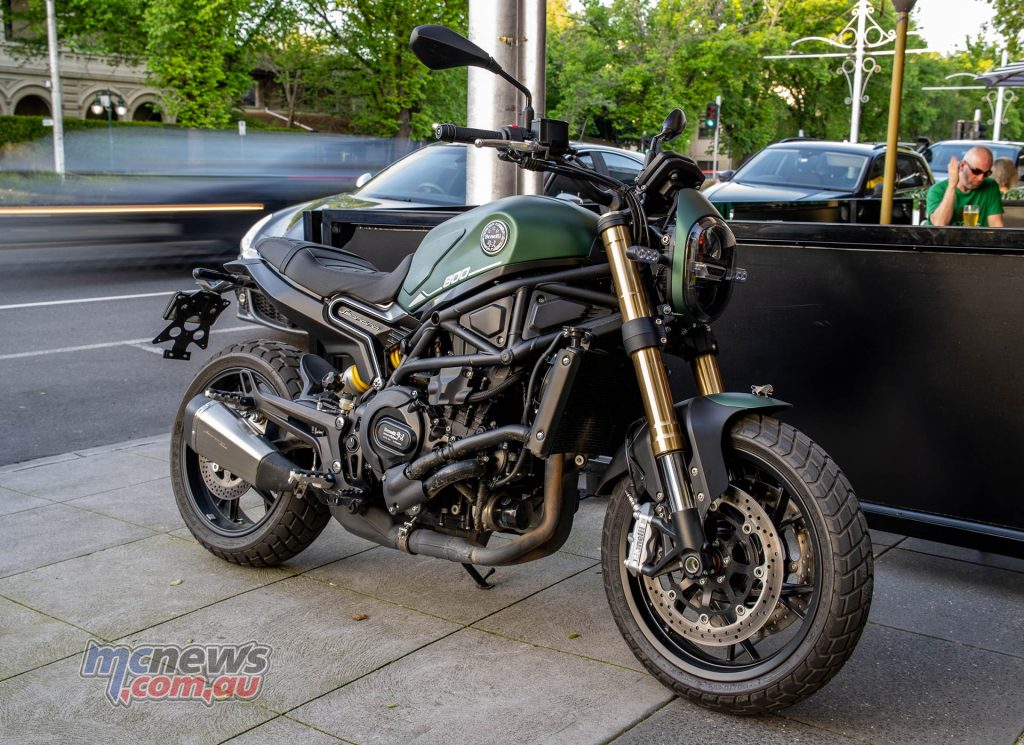
Weird naming aside, there’s quite a bit to like about the new 800. It does come in two variants, a road oriented version as on test here and a ‘Trail’ model that comes with slightly longer suspension set-up, more ground clearance, a 19-inch front wheel and a different exhaust. Quite a bit more kit for not a lot more buck actually. But here we’re focused on the more road going version that I got to spend a couple of weeks aboard.
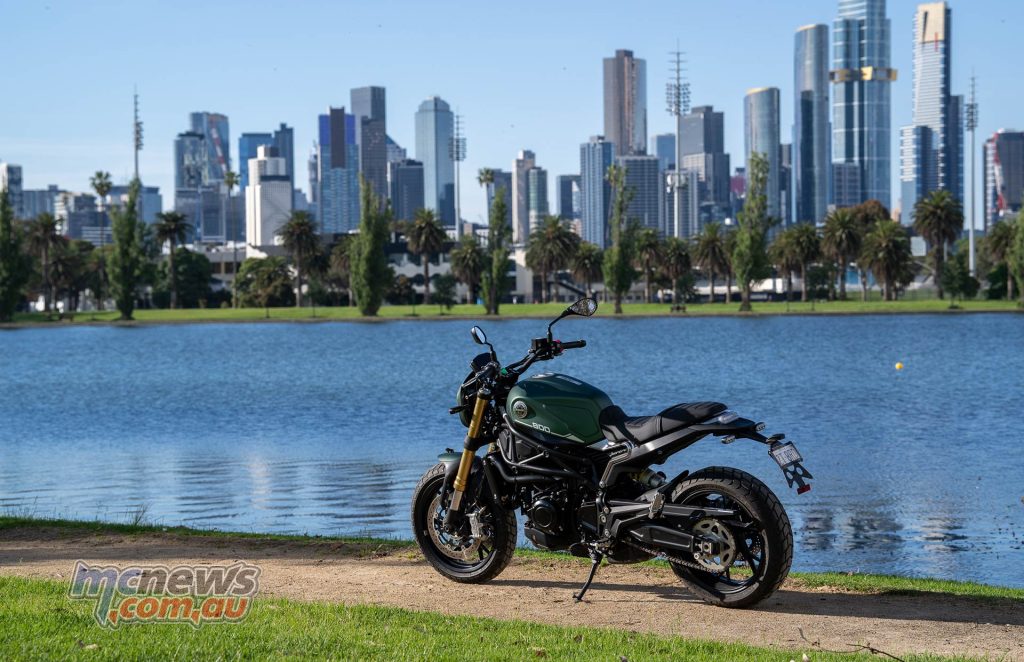
First impressions are pretty solid. It’s quite nicely styled really. The bike certainly saw plenty of attention and compliments from passers by and onlookers. Seems quite nicely finished too on the whole, that tank paint looking particularly tasty, though I do have a thing for that matt/satin finish. You’d reckon painting the frame a colour other than black would have been a thing though.
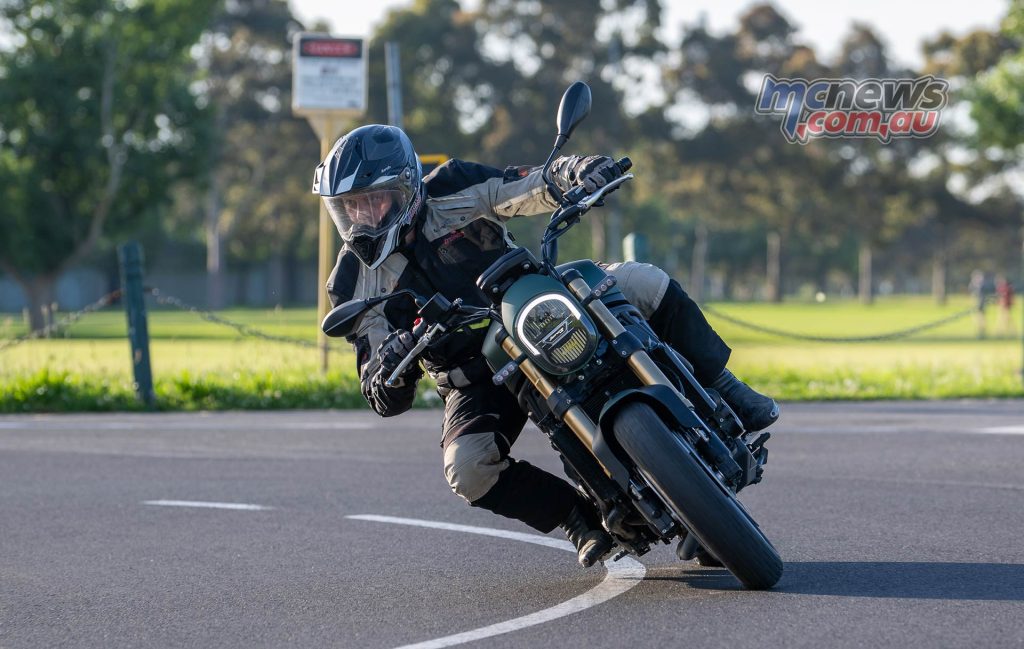
The seat height is nice and low, bars suitably wide for good leverage without feeling like steering a Texas Longhorn. You do notice when moving the bike around at a standstill that it feels heavier than you might expect (the bike is a touch over 220 kg), and the steering lock is not as generous as you might imagine.
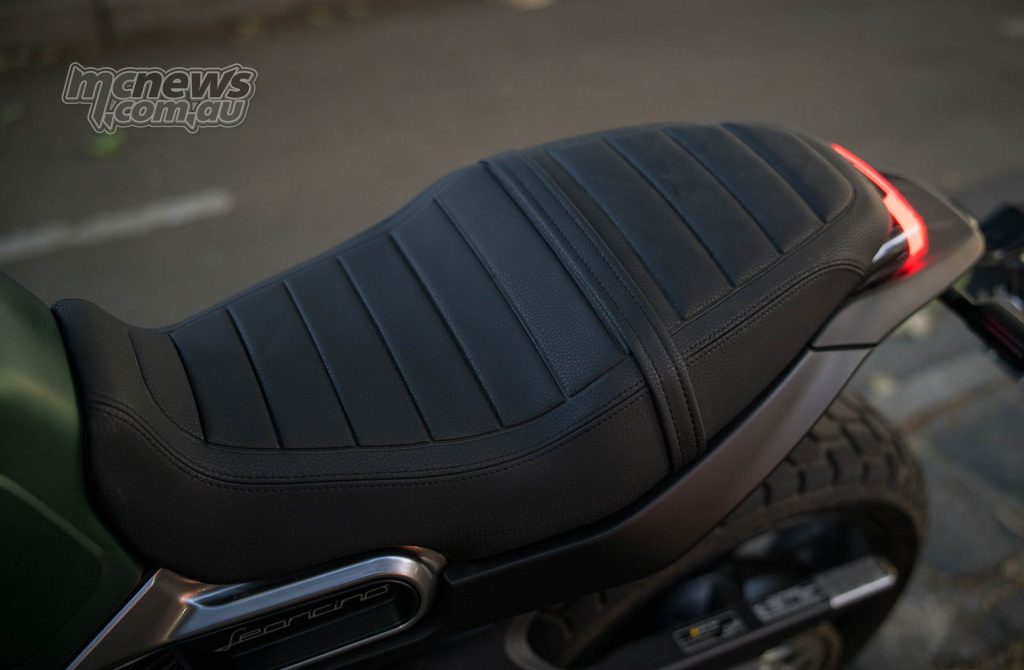
That steering lock will come into play if you find yourself trying to switch lanes while filtering through standstill traffic but otherwise its not an issue. The steering is quite slow but not heavy at all.
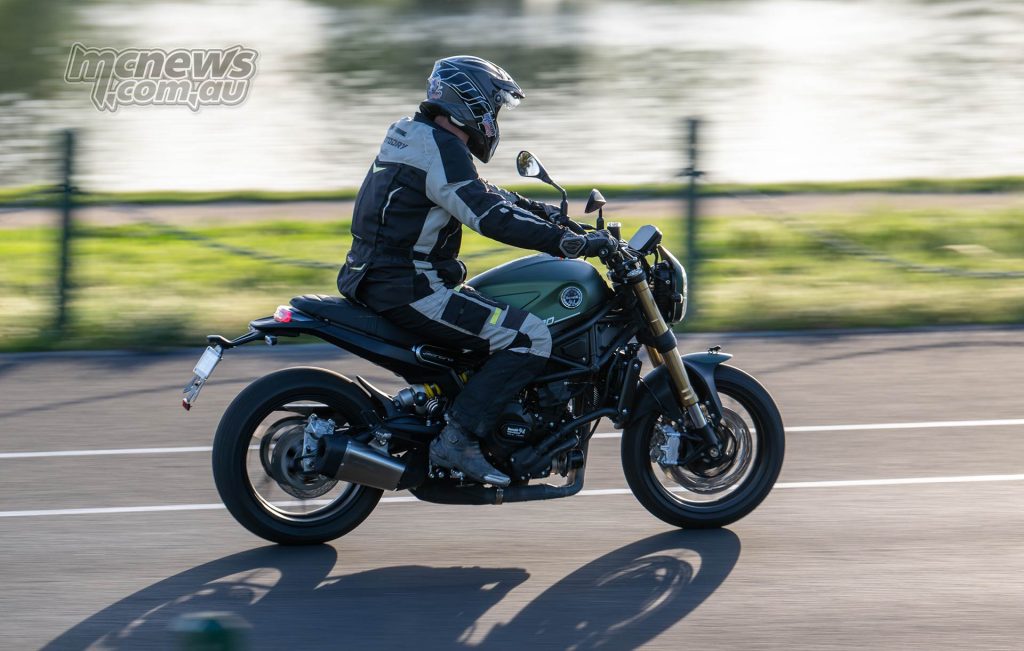
The engine and driveline is quite nice. Even though it has some minor tweaks from the 752S and puts out almost exactly the same specs – it feels a little tamer in this package due to the added weight.
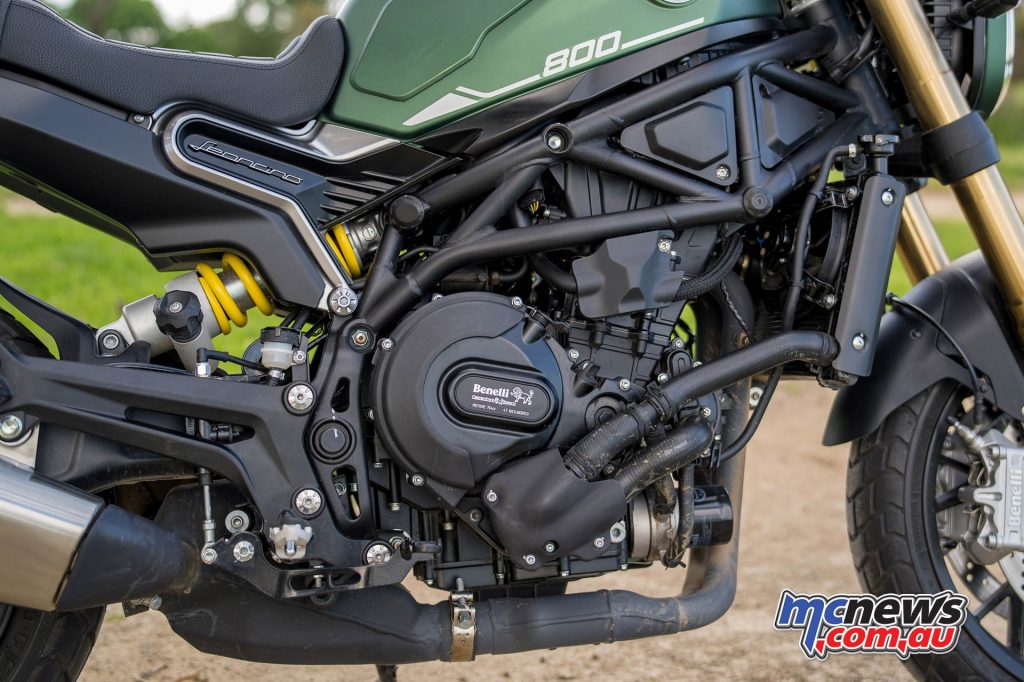
The bike is fuelled well, has a smooth bottom end and mid-range, and even has an extra little push from around seven thousand that is quite nice. It’s generally without fuss though I did find it starting to get a little grumpy in warm traffic. Could have been just my bike, but I wonder what it’d be like on a proper hot summers day…
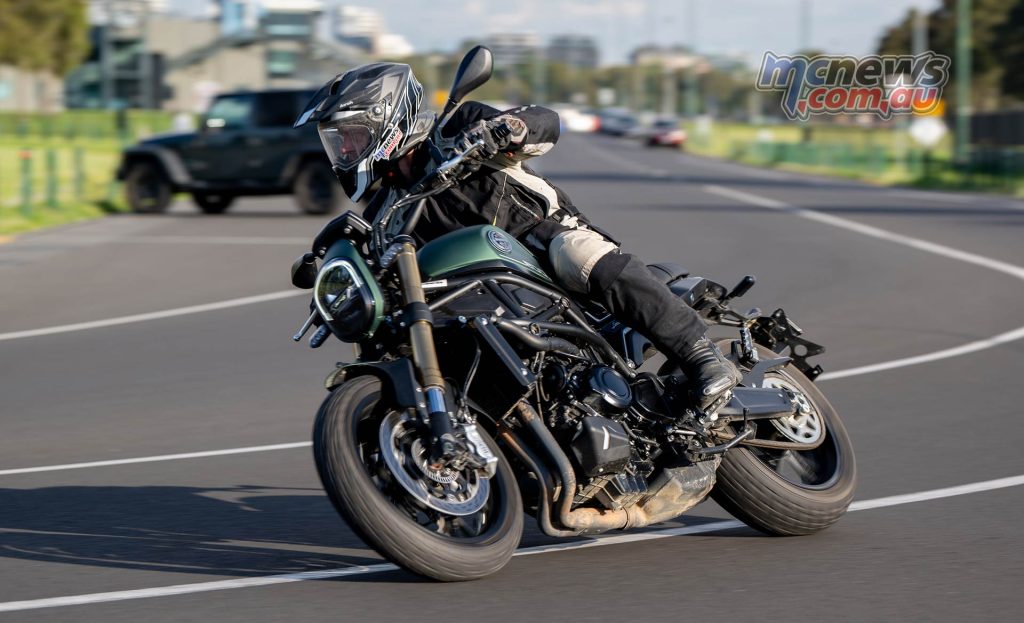
But in all other situations the Leoncino 800 was quite at home. Plenty of shove out on the open road and perfect at home as an urban weapon. No need to use much of the top end though – keep it in the midrange at its happiest. Lovely gearbox too. Really nice shift feel. The clutch is also quite nice although I did find the initial part of the clutch pull would give a little mechanical resistance occasionally back through the lever.
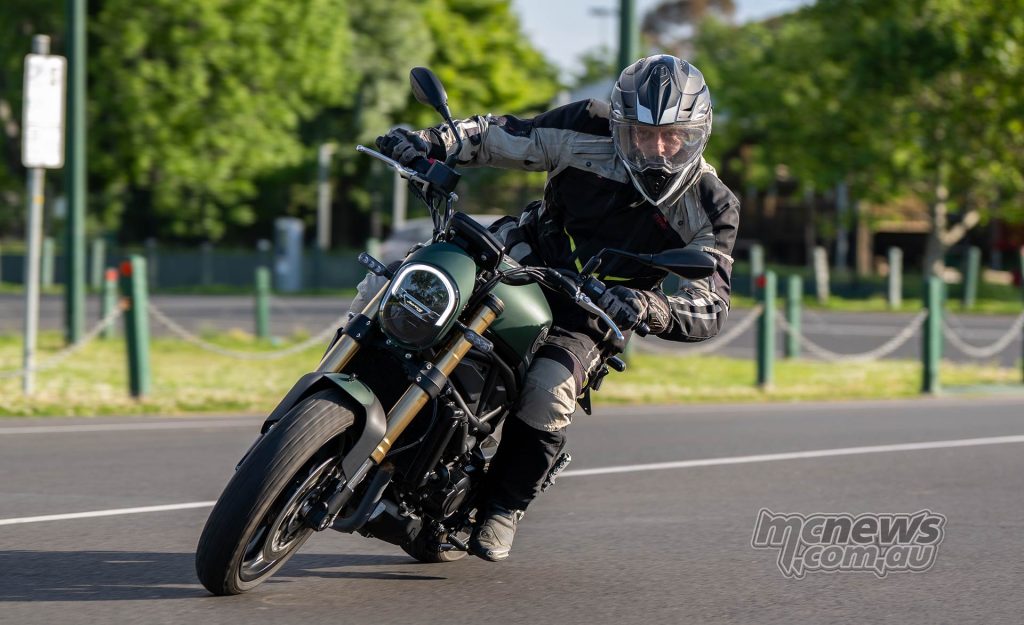
Handling and braking is where I found the new 800 to have some shortcomings. Brakes first. Twin 320 mm Benelli branded discs up front felt a little weak for my liking but the bigger issue was a hard and entirely wooden lever feel. Not a lot of feedback available for what was happening.
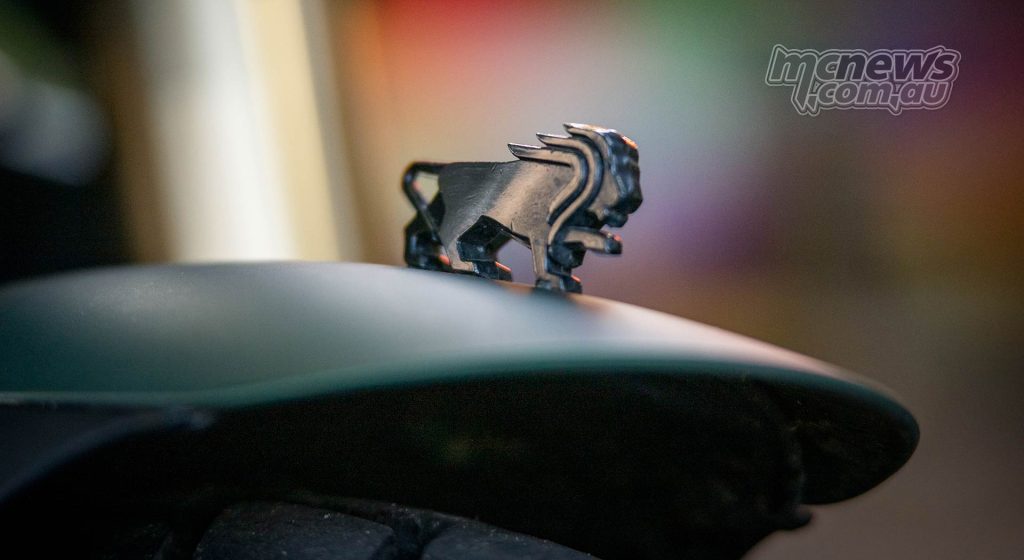
They seemed to work, but you had to give them a proper squeeze…and then feel what they were doing from the bike’s behaviour rather than through the lever. I guess ABS is there on hand if you do get to the point of locking up.
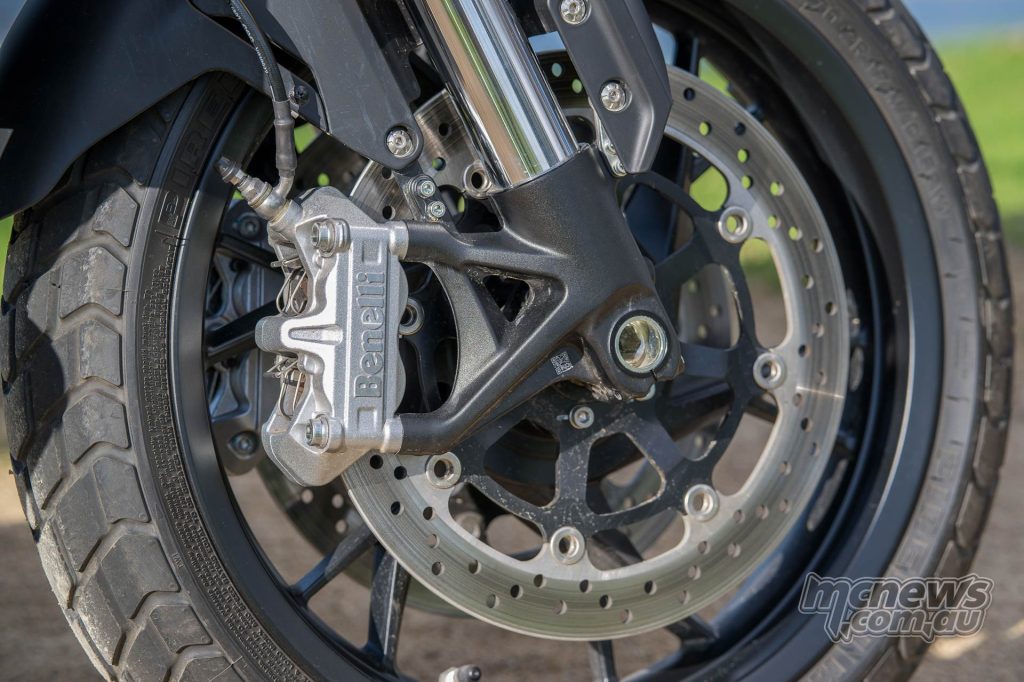
At the other end the rear had good power and feel, but my bike had the squealiest of squealy pads on it. That could have just been some contaminant on the pad following the thrashing from the media launch so I’ll give it a free pass.
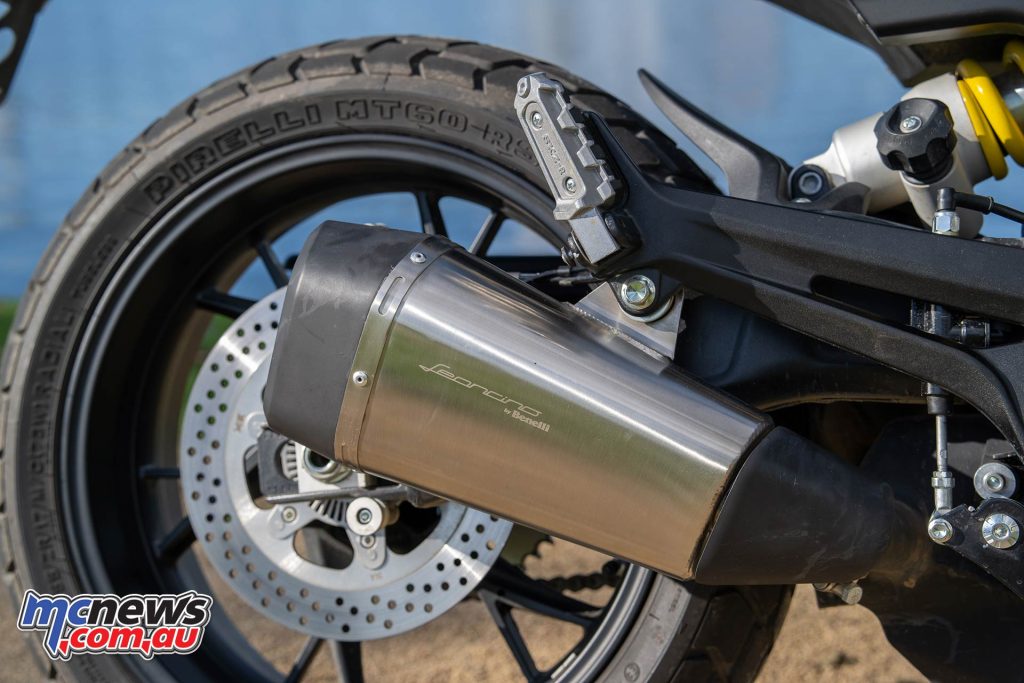
The suspension was also not quite where I wanted it. Moreso initially. The forks are super beefy 50 mm jobbies but seem particularly firm – especially so around town and proved reluctant to deal with bumps and surface changes – at the top of the stroke in particular.
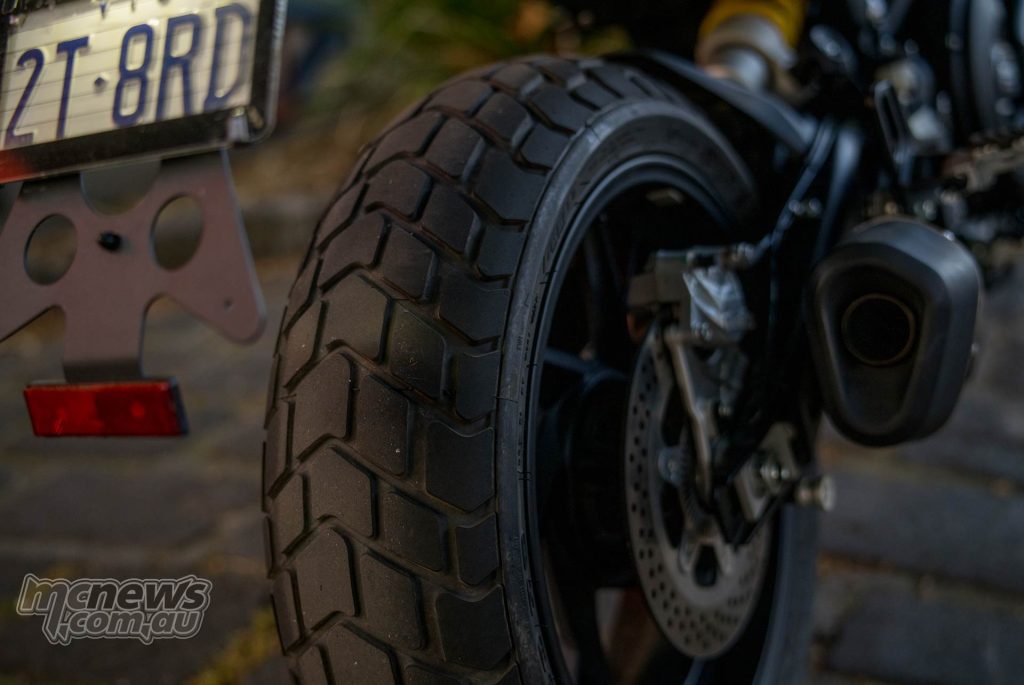
It felt like it could have done with slightly less fluid maybe? Unfortunately they aren’t adjustable by clickers which put me straight onto the rear pre-load setting that was backed right off when I picked mine up.
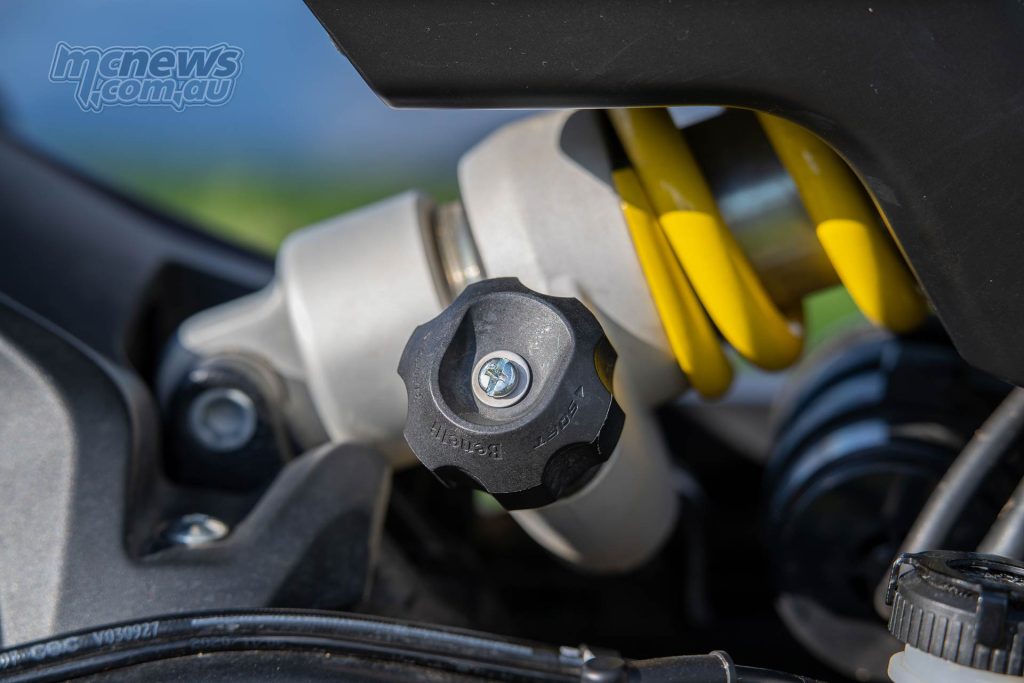
While I’m on it. That initial harshness in turn made the seat hard work after much more than an hour. Breaks required. Shorter trips not an issue, and in fact I quite like the sculpted seat shape around town, but yeah my butt-ometer was crying foul on any big days.
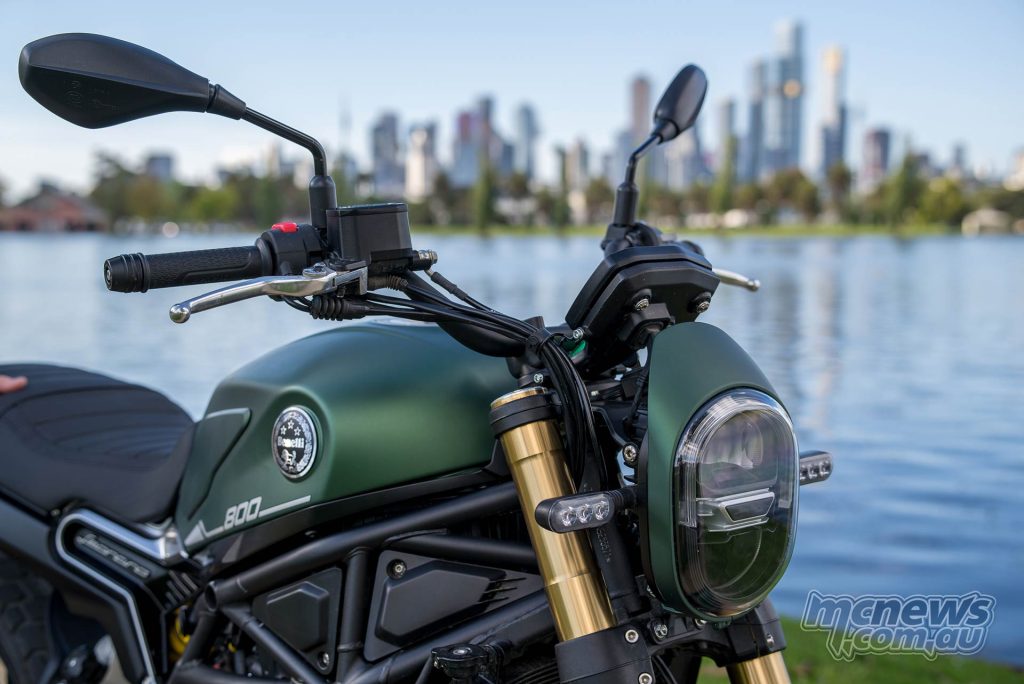
The good news is that much like my experience on Ducati’s Desert X recently, upping the rear pre-load improved the front end feeling noticeably – turning it into something that while still quite firm, was not as harsh. It still felt reluctant at the very top of the stroke, but the balance of the bike was much better once I got the two ends working in unison and even the seat became a little more manageable comfort-wise.
When dialled in, surface changes are far less abrupt but still overall far stiffer than I would have thought suited the driveline. So be aware that this bike is quite sensitive to rear pre-load settings.
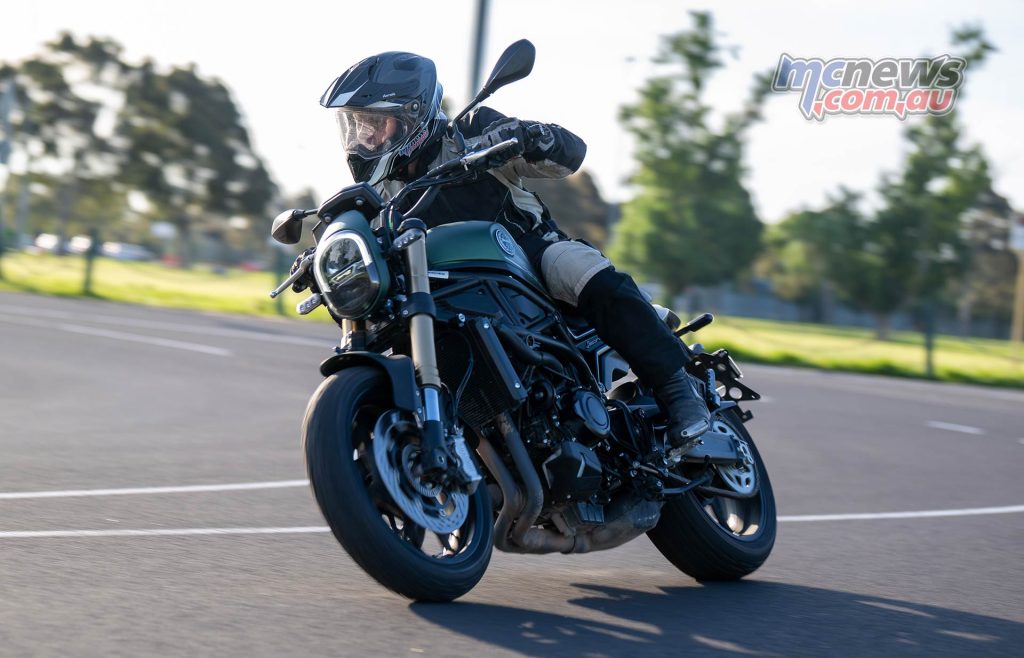
Dash and controls are okay, while the design has an annoyingly unnecessary mirrored tacho top and bottom (the Tiger 900 is also guilty of that), the TFT does have a nice matt finish that made taking photos easier so Rob was happy! Dash pics can actually be a pain.
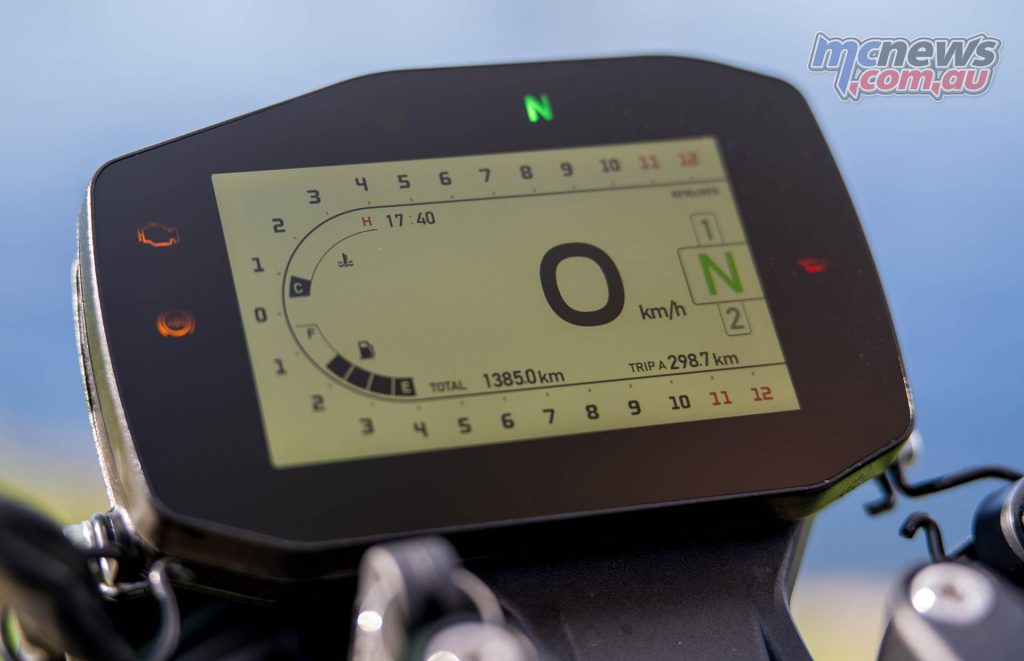
The controls of the menu however, such as resetting trip meters are pretty ordinary. About five or six button presses to get it done… That got old pretty quick. And you can’t reset the trip meter or access any of the menu controls while moving.
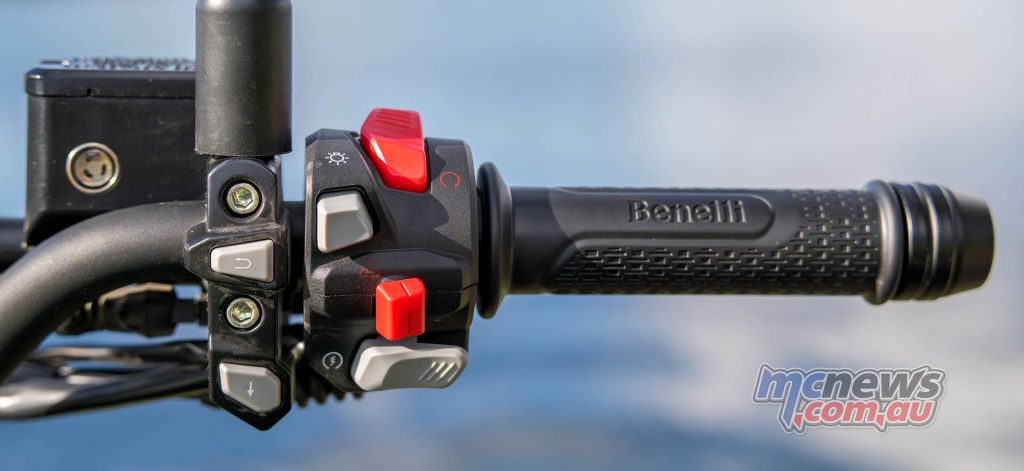
So if you fill up and take off, you gotta wait to stop again to reset the trip… I just didn’t bother using it in the end. Which could be problematic as I wasn’t getting amazing mileage, having to refill at around the 230 km mark. Still – it’s not pretending to be a tourer.
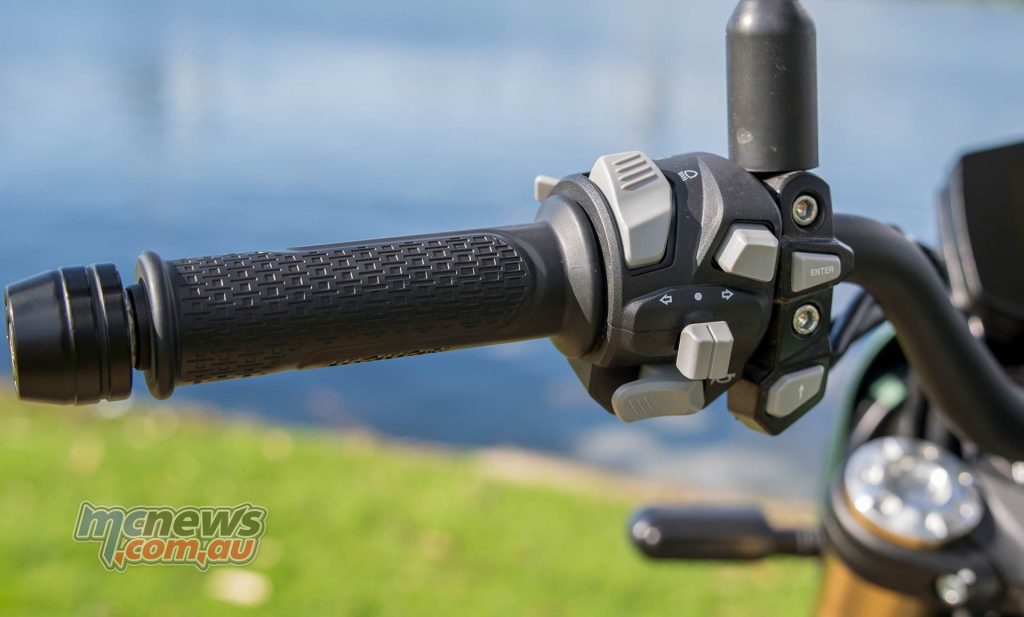
The only other thing to mention would be that the rear mud-guard kinda doesn’t do what it is meant to. I ended up getting quite the wet bum from water flicked up during rain. More than once. Maybe they aren’t expecting owners to ride in the wet. Hard to avoid that in Victoria recently…
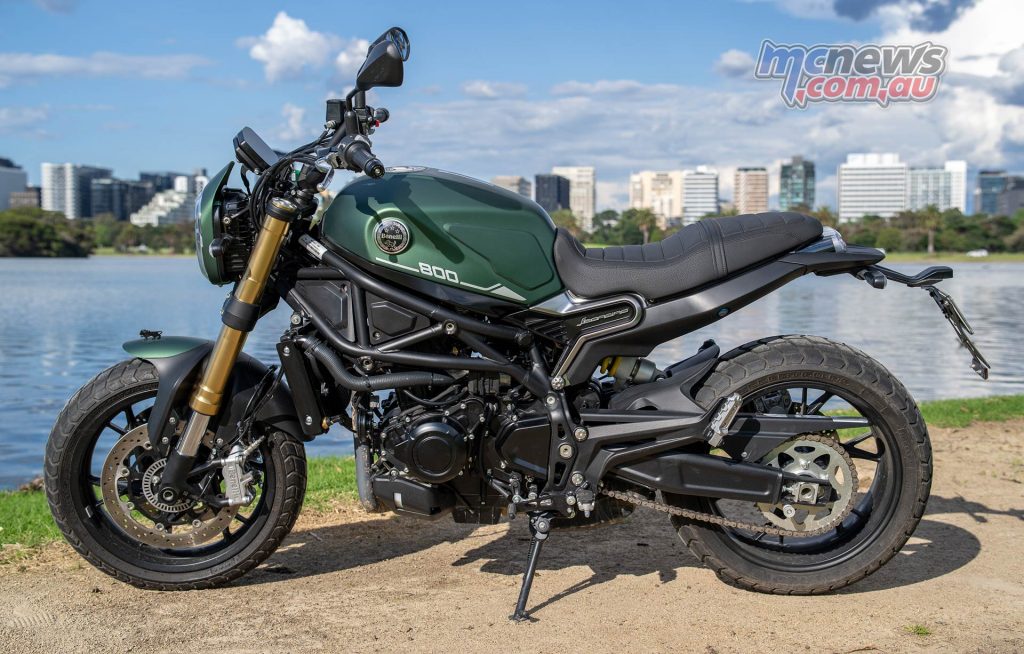
As with the 752S, price is where it starts gaining points back again in a decent way. At thirteen and a half grand ride away it offers solid value. I reckon a quick fork service by someone who knows what they’re doing to sort that last bit of reluctance at the top, and maybe some braided line action on the front brake would have this thing dialled in pretty well.
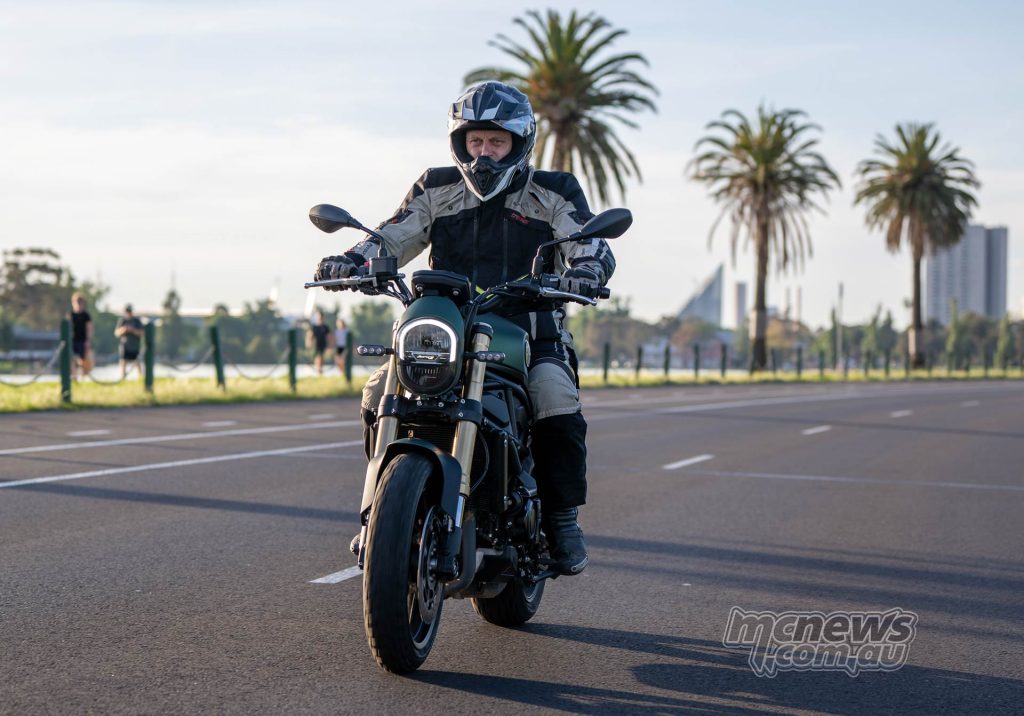
It’s not a powerhouse. That 220 plus kilo heft robs most of the extra grunt that the 500 cc to 750 cc upgrade delivered because it’s around 25 per cent heavier. But the Leoncino 800 has got a certain swagger about it that after spending some time on it, I grew much fonder of than I thought I initially would. I expected it to be quite pleasant around town, but I probably didn’t expect it to be quite as much fun as a traffic carving tool.
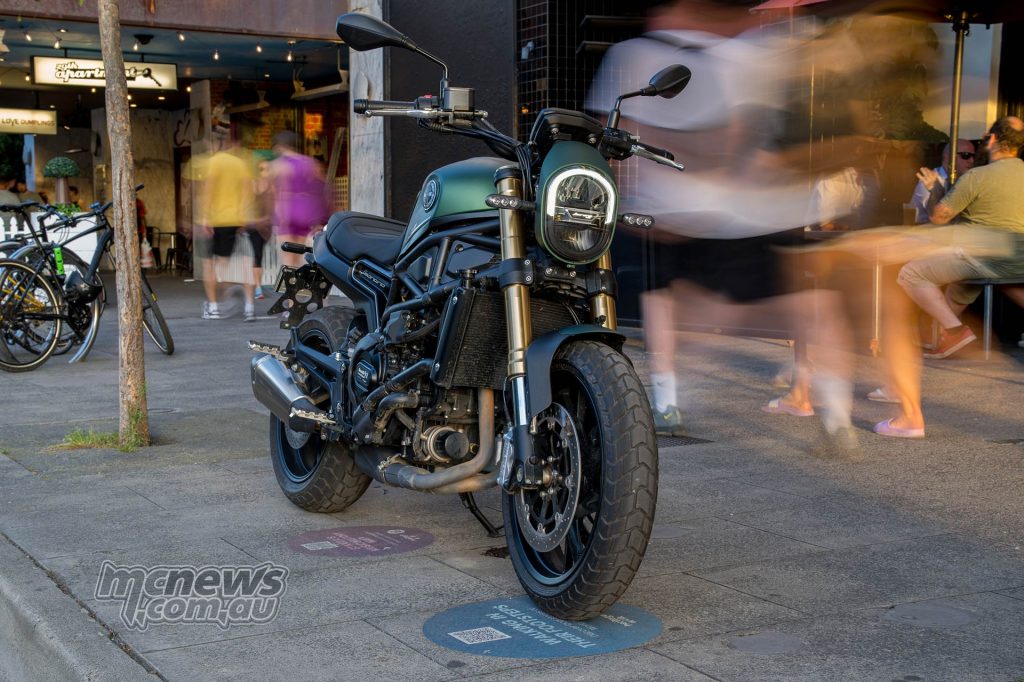
Definitely worth a look, especially if you’re up for a bit of tweaking to sort the front suspension and brakes out (which I don’t think would be super expensive exercises and would help immensely). It’s got some solid competition around it at the more expensive end of the spectrum, but I think it’s priced pretty sharply (from $13,490* ride-away) and deserves to find some fans.
Check out the bike at the Benelli Australia website:
https://benelli.com.au/model/leoncino-800/
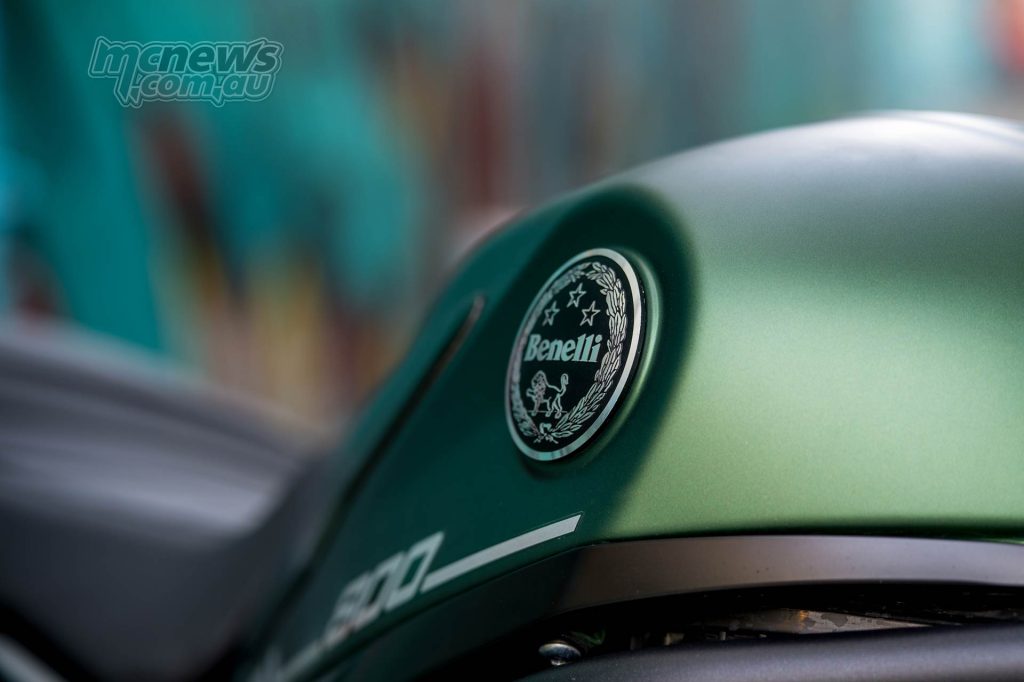
I like the Benelli Leoncino 800 for:
- Nice smooth driveline with a decent burble
- Quite well styled and finished
- Surprisingly good traffic filtering weapon
- Hard to argue with that price
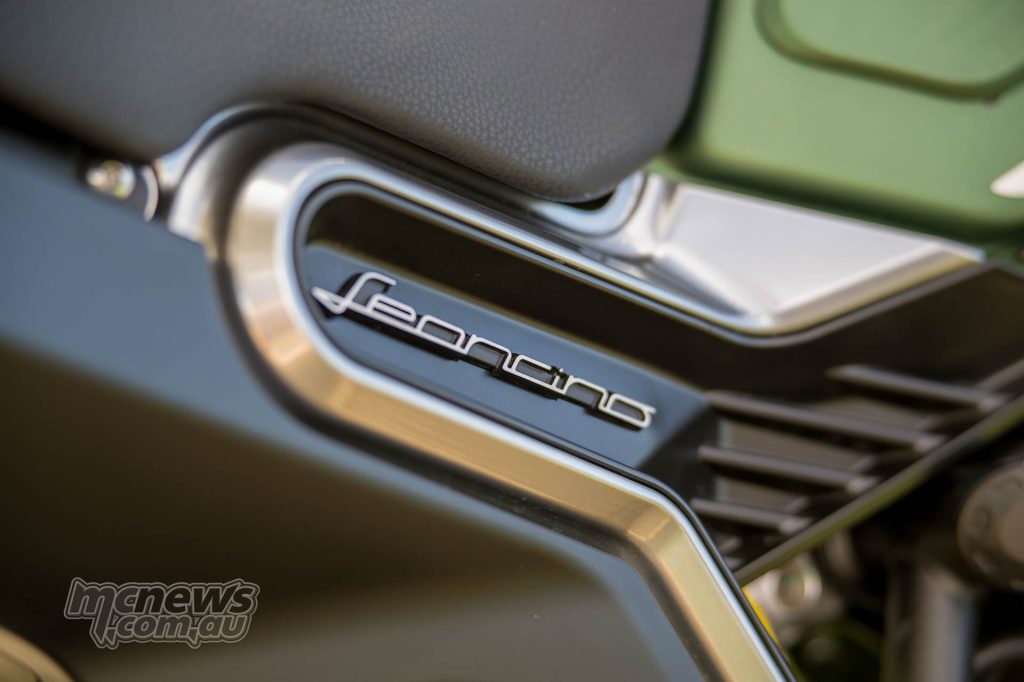
I’d like the Benelli Leoncino 800 more if:
- Forks could do with a tweak (or some adjustment)
- Dash controls are pretty clumsy
- Front brake feels very wooden
- Engine might prove a bit stroppy in Summer traffic?
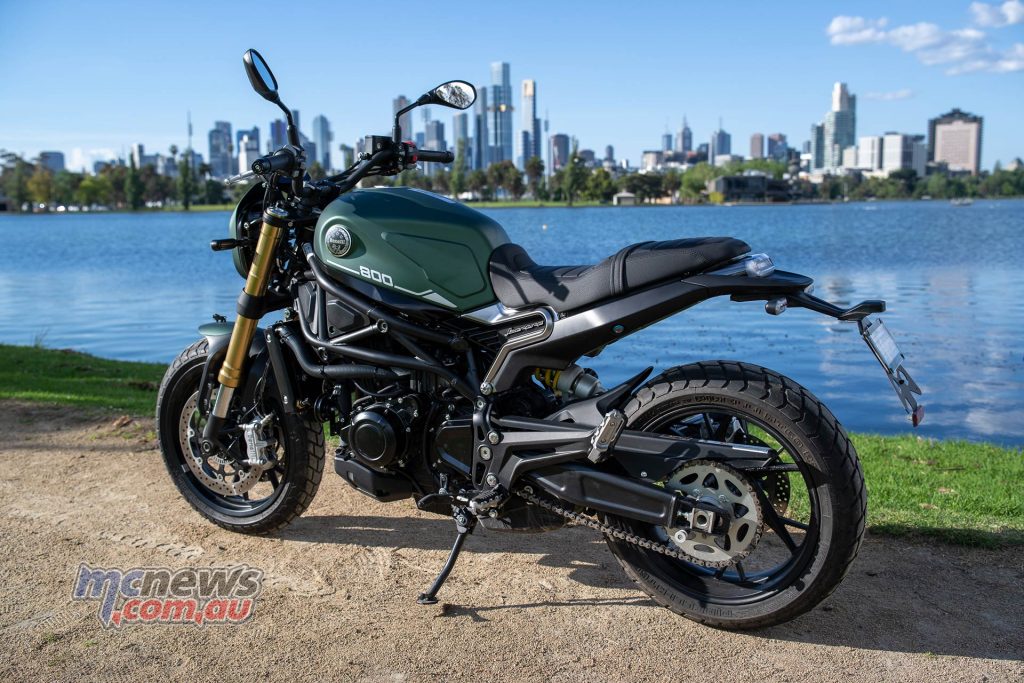
Benelli Leoncino 800 Specifications
| Benelli Leoncino 800 Specifications | |
| Engine | In line 2 cylinders, 4-stroke, liquid cooled , 8 valve, double overhead camshaft |
| Max. Torque | 67 Nm @ 6500 rpm |
| Clutch | Multidisc wet clutch |
| Displacement | 754 cc |
| Bore x stroke | 88 x 62 mm |
| Compression ratio | 11.5:1 |
| Rated output | 56 kW (76.2 hp) @ 8500 rpm |
| Lubrication | Wet sump |
| Fuel supply | Electronic fuel injection with throttle body ø 37 mm |
| Exhaust system | With catalytic converter and oxygen sensors |
| Certification | Euro 5 |
| Gearbox | Six-speeds |
| Final drive | Chain drive |
| Frame | Trestle in steel tubes |
| Front suspension | Upside-down forks Ø 50 mm, 130 mm travel |
| Rear suspension | Rear swing arm with central shock absorber spring preload adjustable, 130 mm travel |
| Front brake | Double semi floating disk ø320 mm with 4 pistons calliper and ABS |
| Wheels | Aluminum alloy, 17” x MT 3.50” DOT |
| Front rim dimensions | 17” x MT 3.50” DOT, 17” x MT 5.5” DOT |
| Rear brake | Single disc ø260 mm with single piston floating calliper and ABS |
| Tyres | Pirelli MT60 120/70 – ZR17, 180/55 – ZR17 |
| Usable tank volume | 15 Litre |
| Length | 2140 mm |
| Height | 1160 mm |
| Seat height | 805 mm |
| Wheelbase | 1460 mm |
| Wet Weight | 222 kg |







